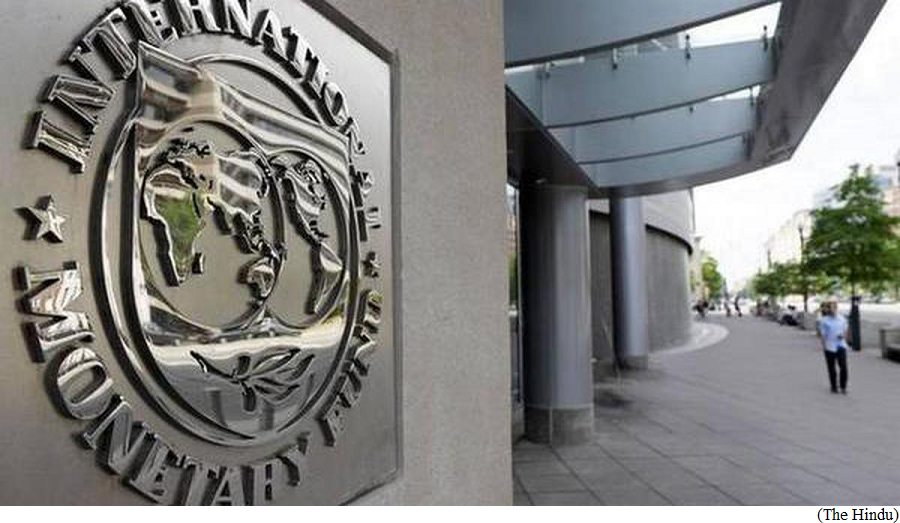India first semi high speed regional rail services named RAPIDX (GS Paper 3, Infrastructure)

Why in news?
- India's first semi-high-speed regional rail services have been named 'RAPIDX' by the National Capital Region Transport Corporation (NCRTC).
Details:
- The trains will run on the Regional Rapid Transit System (RRTS) corridors, being implemented to connect key urban nodes across the National Capital Region (NCR).
- The green leaf symbol in the logo is the highlight of the brand's aim towards decarbonisation by not only decongesting NCR by reducing the number of vehicles on the road but also by the use of green energy.
Joint venture:
- It is a joint venture company of the Union government and states of Delhi, Haryana, Rajasthan and Uttar Pradesh.
- The NCRTC is tapping green energy by the installation of solar panels on stations and depots as well as the use of blended power in traction which is planned to be increased progressively.
Way Forward:
- The RAPIDX services on the first Delhi-Ghaziabad-Meerut RRTS corridor will bring down the travel time between Delhi to Meerut significantly.
- The NCRTC is targeting to commission the entire Delhi-Ghaziabad-Meerut corridor for the public by 2025.
- Before that, it will operationalise a 17-km long priority section between Sahibabad and Duhai in 2023, before its scheduled time.
According to IMF India set to grow by 5.9 percent this fiscal
(GS Paper 3, Economy)
Why in news?
- Recently, the International Monetary Fund (IMF) lowered India’s economic growth projection for the current fiscal to 5.9 per cent from 6.1 per cent earlier. Yet India will continue to be the fastest-growing economy in the world.
- In its annual World Economic Outlook, IMF also lowered the forecast for 2024-25 fiscal (April 2024 to March 2025) to 6.3 per cent from the 6.8 per cent it had predicted in January 2023.

Details:
- The growth rate of 5.9 per cent in the 2023-24 fiscal compares to an estimated 6.8 per cent in the previous year.
- IMF growth forecast is lower than projections by the Reserve Bank of India (RBI). RBI sees a 7 per cent GDP growth in 2022-23 and a 6.4 per cent in the current fiscal that started on April 1. The government is yet to release full-year GDP numbers for 2022-23.
- Despite a significant drop in growth rate projections from 6.8 per cent in 2022 to 5.9 per cent, India continues to be the fastest-growing economy in the world.
China:
- China’s growth rate is projected to be 5.2 per cent in 2023 and 4.5 per cent in 2024 against its growth rate of three per cent in 2022.
- On the surface, the global economy appears to be poised for a gradual recovery from the powerful blows of the pandemic and Russia’s unprovoked war on Ukraine.
- China is rebounding strongly following the reopening of its economy. Supply-chain disruptions are unwinding, while the dislocations to energy and food markets caused by the war are receding.
Global scenario:
- The global growth will bottom out at 2.8 per cent in 2023 before rising modestly to 3.0 per cent in 2024. Global inflation will decrease, although more slowly than initially anticipated, from 8.7 per cent in 2022 to 7.0 per cent this year and 4.9 per cent in 2024.
- In 2023, the economic slowdown is concentrated in advanced economies, especially the euro area and the United Kingdom, where growth is expected to fall to 0.8 per cent and -0.3 per cent this year before rebounding to 1.4 and 1 per cent, respectively
- By contrast, despite a 0.5 percentage point downward revision, many emerging market and developing economies are picking up, with year-end to year-end growth accelerating to 4.5 per cent in 2023 from 2.8 per cent in 2022.
Suggestion:
- If the recent financial sector stresses are contained, the IMF projects global growth to settle at 3.0% five years from now, this is the lowest five-year projection in decades.
- The IMF suggested that central banks remain steady with their anti-inflation stance, but also adjust and use their full set of policy instruments, while providing targeted support for those hit by the cost of living crisis.



